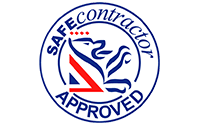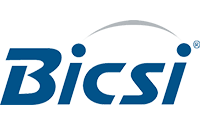Different businesses have a certain data centre cabling standard, but what should you be looking for? Everyone expects quality when they put money into something, so this article discusses why good data centre cabling standards are better, and what you should expect with a good data cabling service.
Why do you need structured cabling?
In the past data centres have been constructed without the consideration of how constant capacity expansions and resultant moves affect the lifecycle of the cables. Systems like computers and storage area networks (SANs) may likely be installed by the manufacturer’s own technicians, they are more familiar with their own systems. However, the centre can have a mix of different technologies. This can lead to systems needing rapid maintenance, upgrades and inevitably the introduction of new products and technology.
Standards make things simpler
A lot of companies have introduced new cables and connectivity products with better quality, which brings more advantages for the data centre. The new data standards allow data centres to incorporate the structured cabling systems (SCCs) approach to conveniently unify different data centres earlier in the buildings’ design process. This raises the standard and makes things easier as the data centre is a fully unified system made up of different components. This means the data centre covers a lot of related technologies like network design, location and connection and also covers architectural and electrical systems overlapping.
Which cable?
Types of cables have risen over the years, copper and optical fibre are the two main types of cables. Fibre is usually used for vertical backbones and copper is mainly used for structured cabling.
Copper can be broken down into different numbered categories. The different categories run from cat 1 to cat 6 and even further.
- Pre-Cat 5 was based on telephone wiring.
- Cat 3 is cheap and mainly used for telephone wiring that drives 10mbps network.
- Cat 4 was decent quality but not used for very long, it didn’t deliver more than Cat 3.
- Cat 5 was a huge step in the right direction for cabling, this is because it gives 100mbps, but it was soon surpassed by cat 5e which could drive 1gbps.
- Cat 6 was introduced and it blew minds. It could mostly drive 10gbps. Cat 6 could also support distances of 90m before it needed a repeater, but when it was pushed to 10gbps it could only support half of the length.
So it’s clear that Cat 6 is the best cable to use as it could drive up, up to 10gbps and in longer lengths
There are two types of fibre optic cables: single mode and multi-mode. The single only allowed one source of light to pass through the cable, it is mainly used outside the data cabling centre as it can cover longer distances. While the multi-mode cable allows multiple light sources to pass through which increases bandwidth. It covers a shorter and is well suited for inside the data centre.
For the optical fibre, the best one is dependent on where you want it.









